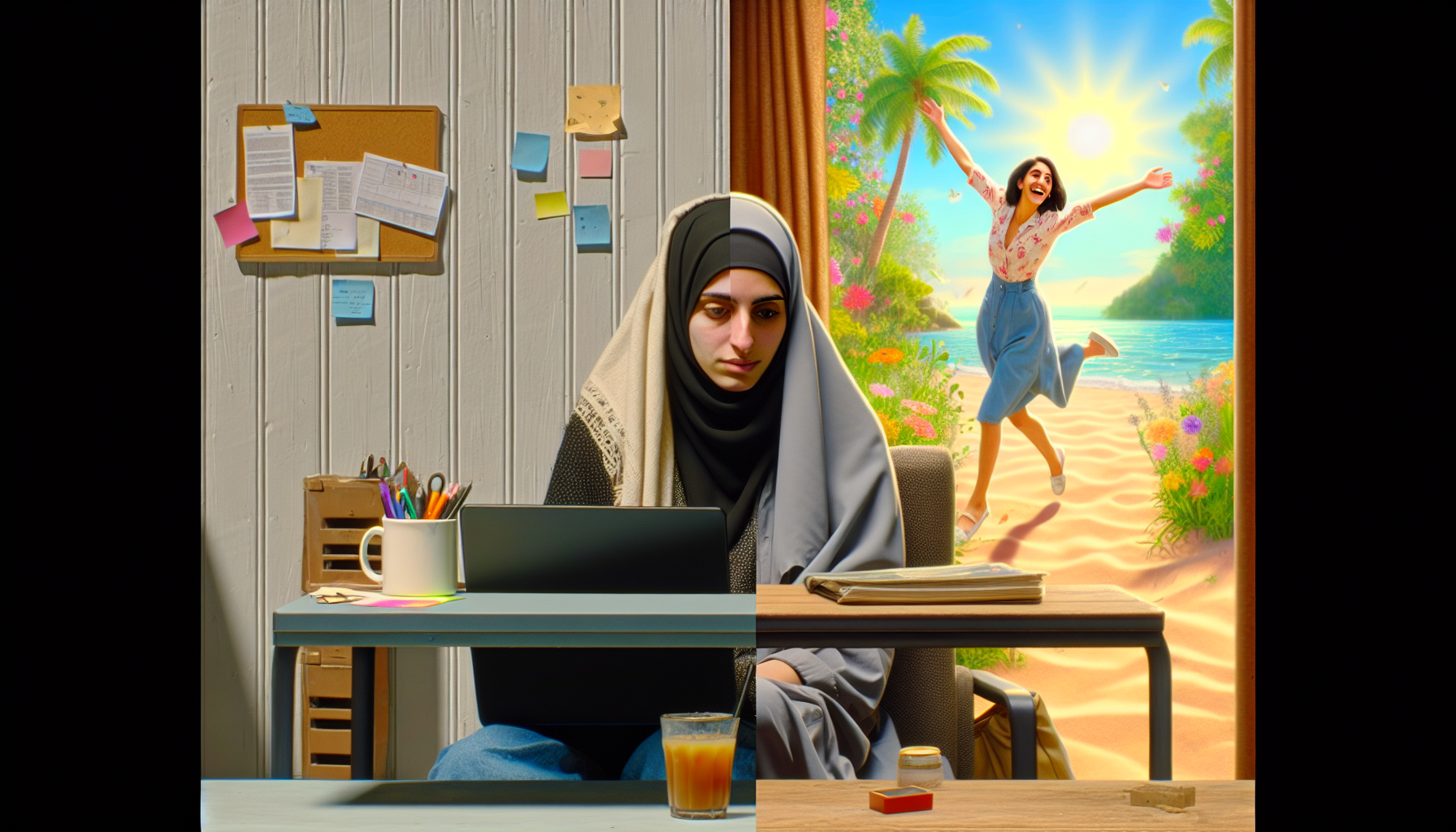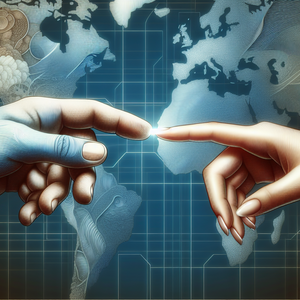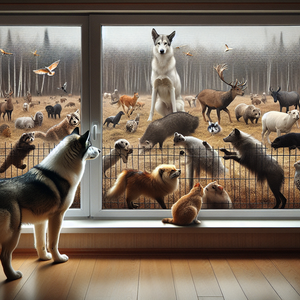The Evolution of Binge-Watching Culture

Historically, television series were released on a weekly schedule, creating a rhythm that built anticipation and allowed audiences to discuss episodes in between airings. This structure fostered a communal viewing experience, where families and friends would gather to watch their favorite shows together. Iconic series like “Friends” and “The X-Files” thrived on this format, generating water-cooler conversations that spanned the week. However, the launch of Netflix in 2007 marked the beginning of a new era. The service's decision to release entire seasons of shows at once fundamentally changed the game. Viewers could now consume content at their own pace, leading to the phenomenon of binge-watching. The first major series to capitalize on this model was "House of Cards," released in 2013. With all 13 episodes available at once, Netflix encouraged viewers to dive in and devour the series in one sitting. This strategy not only increased viewership numbers dramatically but also created a new cultural norm: the idea that viewers could, and should, watch as much as they wanted in a single session.
Social Dynamics and the Rise of Binge-Watching
The shift to binge-watching has had significant implications for social interactions. On one hand, it has created new opportunities for shared experiences. Shows like "Stranger Things" and "The Queen's Gambit" have become cultural touchstones, sparking conversations on social media and in everyday interactions. Fans engage in discussions, share memes, and theorize about plot twists, often before they even finish the series themselves. Streaming platforms have even capitalized on this by integrating social features that allow viewers to discuss shows in real-time. Conversely, binge-watching can also lead to isolation. With the ability to consume content independently, viewers may opt to spend hours in front of a screen rather than socializing with others. A study by the University of Texas found that heavy binge-watchers reported feeling more isolated than those who watched content in moderation. This phenomenon has been linked to changes in social behavior, particularly among younger audiences who may prioritize on-demand entertainment over traditional social gatherings. As binge-watching becomes more prevalent, the challenge lies in maintaining a balance between digital and in-person interactions.
The Impact on Content Creation
The binge-watching model has not only changed how audiences engage with shows but has also influenced how they are created. Writers and producers now design episodes with the binge-watching experience in mind. Cliffhangers at the end of episodes have become more pronounced, compelling viewers to continue watching. The storytelling arcs often span entire seasons, rather than being confined to individual episodes, allowing for deeper character development and complex narratives. For example, shows like "The Haunting of Hill House" utilize a non-linear storytelling approach that encourages viewers to pay attention to details across episodes, enhancing their viewing experience. Moreover, the success of binge-worthy series has encouraged networks and studios to invest in high-quality content. As competition increases, platforms are more inclined to produce original series that entice viewers to sign up for subscriptions. This has resulted in a golden age of television, where innovation and creativity thrive, exemplified by a plethora of critically acclaimed shows across various genres.
The evolution of binge-watching culture has transformed not just our viewing habits, but also the very fabric of social interaction and content production. As Netflix continues to lead the charge in redefining how we consume media, the implications of this shift will only deepen. We are witnessing the creation of a new normal, where the boundaries between entertainment and social life blur, and where the collective experience of television may be redefined. As we move forward, it will be essential to consider both the benefits and challenges of this binge-watching phenomenon. While we enjoy the convenience and freedom of on-demand entertainment, we must also nurture our connections with the world around us. Whether it’s through engaging discussions about our favorite series or making an effort to step away from the screen for social interactions, finding a balance will be crucial in this new landscape of television consumption. Ultimately, binge-watching is not just about the shows we watch, but the community and conversations that arise from them, shaping our cultural landscape for years to come.
Content Strategist for Streaming Platforms
Netflix, Hulu, Amazon Prime Video
Job Description
Develop and execute content strategies that drive viewer engagement and retention for streaming services.
Analyze viewer data and trends to inform programming decisions and optimize content offerings.
Collaborate with marketing and production teams to create cohesive strategies that promote new releases and maximize audience reach.
Unique Skills
Proficiency in data analysis tools
Experience with content management systems
Deep understanding of digital marketing strategies
Social Media Manager for Entertainment Brands
HBO, Disney+, NBCUniversal
Job Description
Manage social media accounts for television shows and streaming platforms, creating and curating engaging content that resonates with audiences.
Monitor and analyze social media trends and audience engagement metrics to inform future campaigns.
Facilitate real-time discussions and interactions with fans, fostering a sense of community around shows.
Unique Skills
Strong writing and communication skills
Experience in community management
Proficiency with social media analytics tools
User Experience (UX) Designer for Streaming Services
Roku, Apple TV+, Paramount+
Job Description
Design intuitive and user-friendly interfaces for streaming platforms, enhancing viewer navigation and content discovery.
Conduct user research and testing to gather feedback and iterate on design concepts that improve the viewing experience.
Collaborate with product managers and developers to ensure seamless integration of new features and functionalities.
Unique Skills
Proficiency in design software (e.g., Sketch, Figma)
Understanding of UX principles
Strong problem-solving abilities
Television Writer/Showrunner
Netflix, AMC, FX Networks
Job Description
Create compelling scripts and story arcs for original television series, considering the binge-watching format.
Lead a team of writers, providing direction and ensuring consistency in tone and narrative across episodes.
Collaborate with producers and directors to refine scripts and adapt storylines based on audience feedback and viewership data.
Unique Skills
Experience in scriptwriting
Strong storytelling abilities
Knowledge of character development techniques
Data Analyst for Entertainment Viewership
Nielsen, Warner Bros., Sony Pictures
Job Description
Analyze viewership data to identify trends and patterns that inform content production and marketing strategies for streaming platforms.
Generate reports and present findings to stakeholders to guide decision-making processes regarding programming and promotions.
Collaborate with cross-functional teams to develop predictive models that forecast viewer behavior and preferences.
Unique Skills
Proficiency in statistical software (e.g., R, Python)
Strong analytical and problem-solving skills
Experience in the entertainment industry


